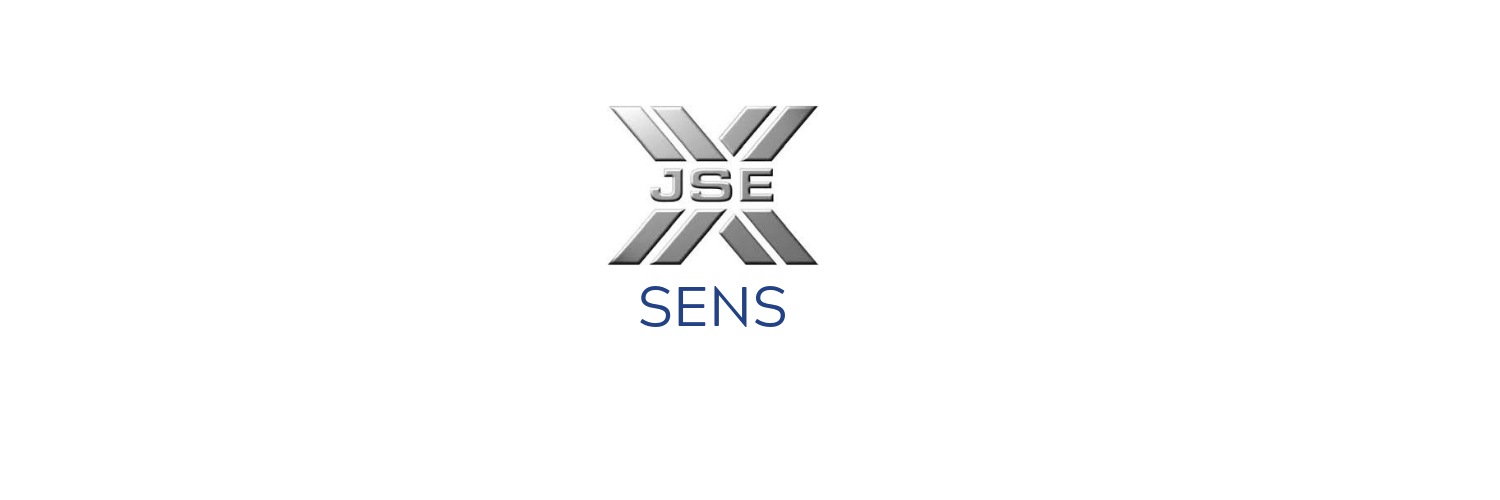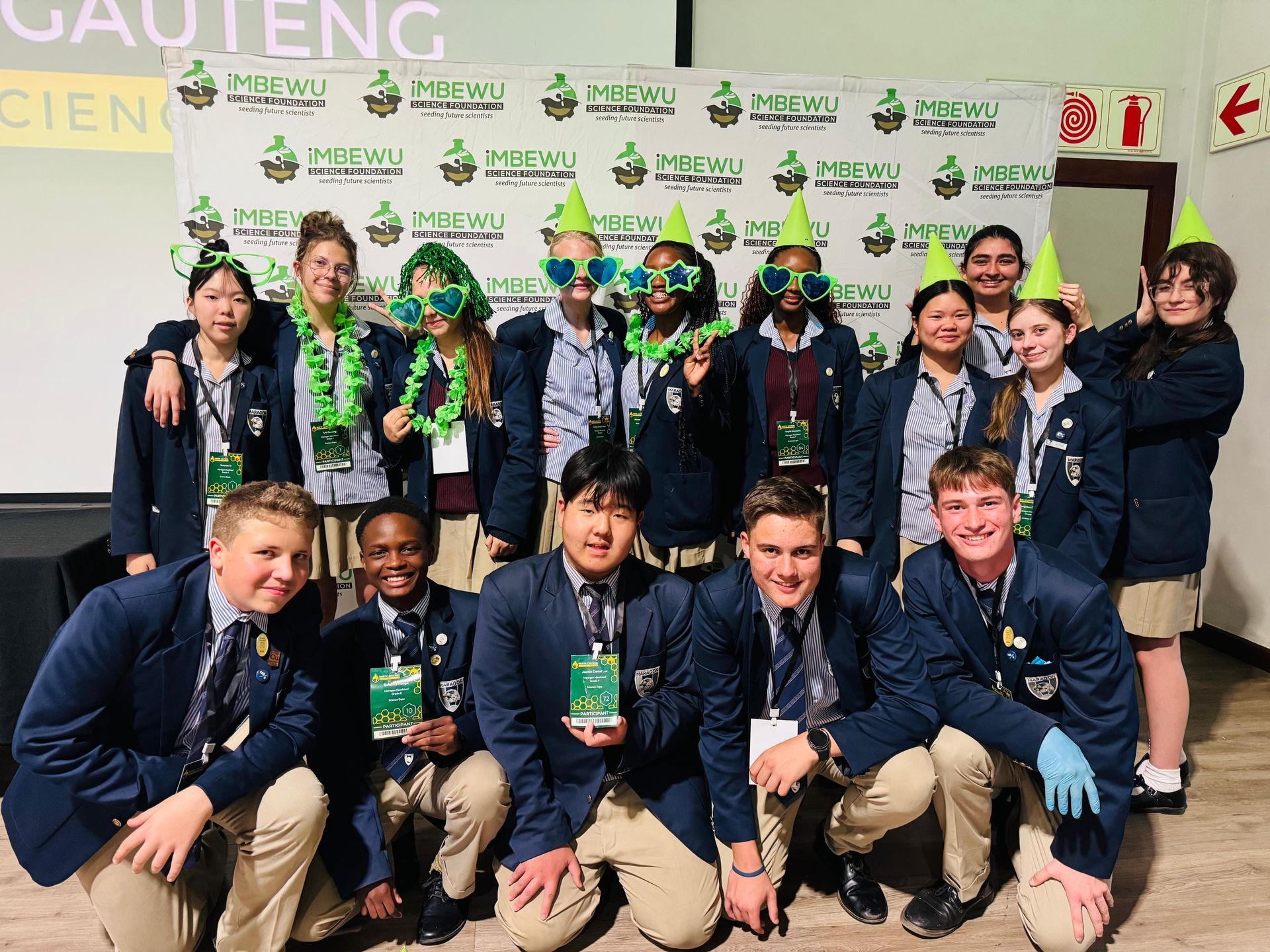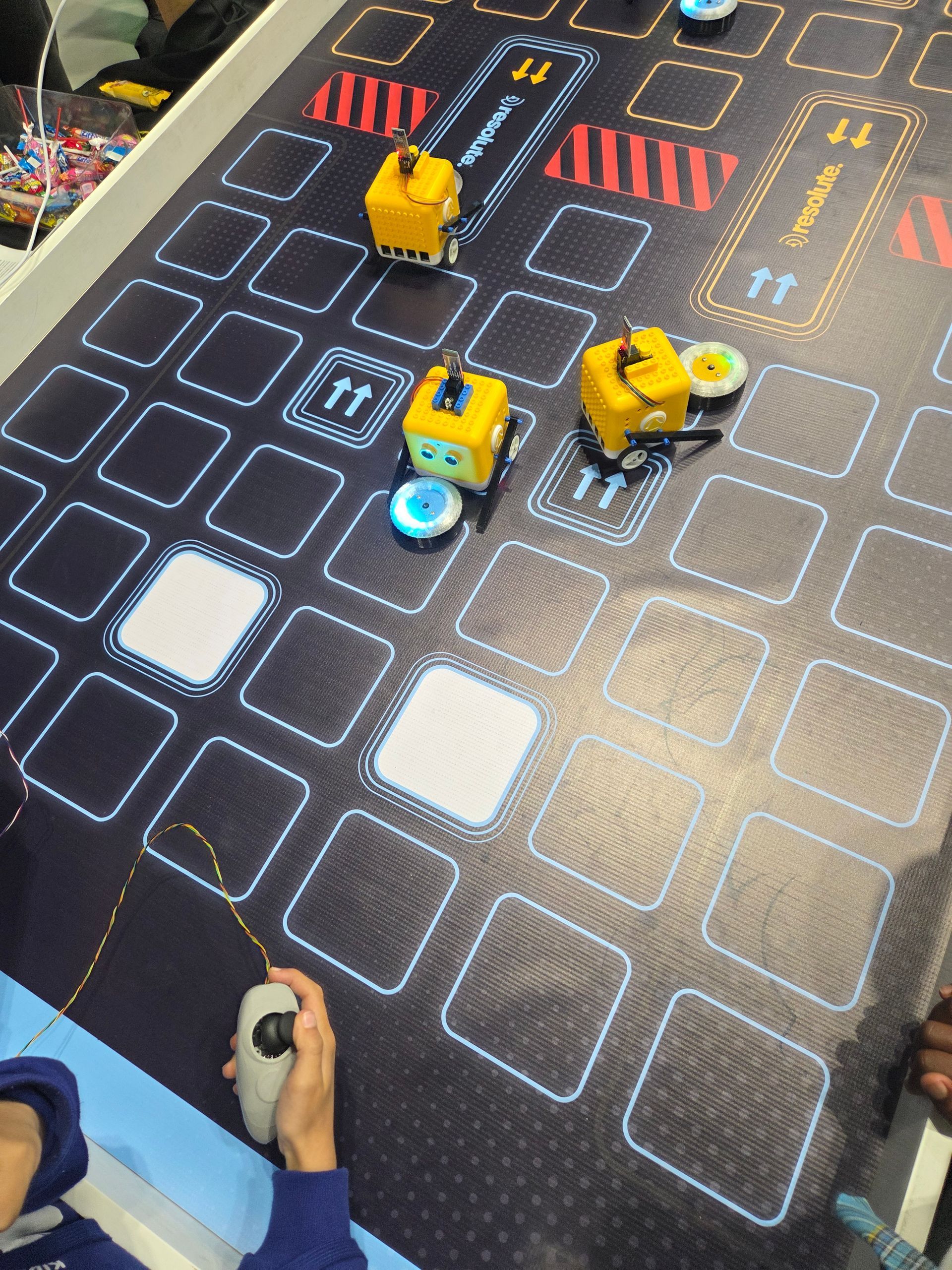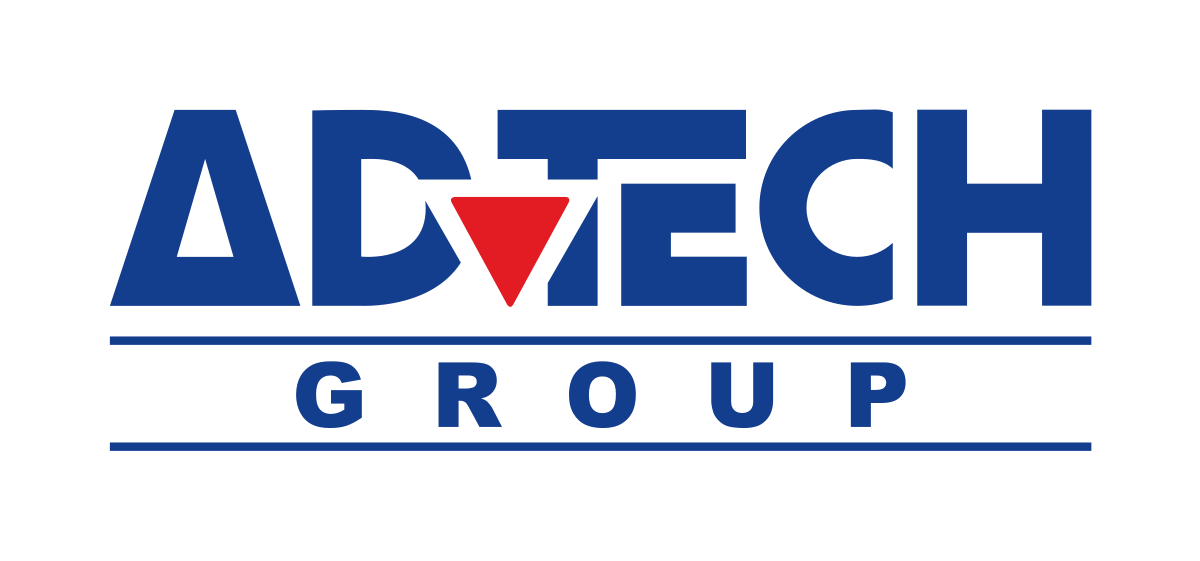LLB graduates from private institutions are qualified to enter professional legal practice
Article by Geoffrey Abrahams
Geoffrey Abrahams BA (UWC) BProc LLM (Unisa) is a lecturer at IIE Varsity College, Durban North Campus.
Independent Institute of Education (Pty) Ltd v The KwaZulu-Natal Law Society and Others (KZP) (unreported case no 9090/18, 22-2-2019) (Sibiya AJ)
In this significant judgment, the applicant was the Independent Institute of Education (IIE), which is registered in terms of s 54(1)(c) of the Higher Education Act 101 of 1997, as amended, as a private higher education institute since 2007. This entitled the IIE to offer tertiary qualifications, such as diplomas, certificates and degrees at graduate and postgraduate level, in accordance with its accreditation. In May 2017 the Council on Higher Education, the body responsible for accrediting programmes of higher education in the country, accredited the IIE to provide the LLB degree at its campuses. In doing so, the Accreditation Committee of the Higher Education Quality Committee of the Council on Higher Education found the IIE to be on par with the course it offered in every respect with the LLB degrees offered by public universities.
In October 2017 the IIE was registered to offer the LLB degree at the National Qualifications Framework level 8, by the South African Qualifications Authority, the statutory body responsible for qualification standards set by the Minister of Higher Education. One of the stated purposes of the qualification is to prepare students for a career in professional legal practice, including practice as an advocate, attorney or prosecutor.
The IIE duly offered the LLB degree at six of its campuses that are designated as Varsity Colleges in various provinces and at different locations, and in the 2018 academic year, the IIE registered an approximate 200 first-year students.
On 19 January 2018, the first respondent, the KwaZulu-Natal Law Society (KZNLS) in response to a query from one of the student’s parents, indicated that the LLB degree offered by the IIE did not meet the requirements for admission as an attorney in terms of s 2(1) of the Attorneys Act 53 of 1979 (the 1979 Act). In this regard, it should be noted that the 1979 Act has subsequently been repealed in its entirety by the Legal Practice Act 28 of 2014 (LPA), which came into effect on 1 November 2018 and
s 2(1) of the 1979 Act has been replaced by s 26(1) of the LPA.
The KZNLS’ legal stance was premised on two arguments. First, the 1979 Act provides that an LLB obtained from a ‘university’ qualifies one for articles of clerkship, a prerequisite for admission as an attorney, and neither the applicant nor its Varsity College brand is a university. Secondly, the KZNLS advanced the reason that as of November 2017 the Council on Higher Education had listed all the institutions with an accredited LLB programme and the IIE was not listed as such an institution. The latter argument was subsequently withdrawn by KZNLS and was no longer an issue.
When the matter came before Sibiya AJ on the opposed motion roll on 11 December 2018, the KwaZulu-Natal Division of the High Court in Pietermaritzburg had to determine whether s 26(1)(a) of the LPA infringed the applicant’s constitutional rights to –
- equality before the law in terms of s 9(1) of the Constitution;
- freedom of trade, profession and occupation in terms of s 22 of the Constitution;
- right to establish private education institutions in terms of s 29(3) of the Constitution; and
- importantly, if this was indeed so, whether such infringements were reasonable and justifiable in terms of s 36 of the Constitution, namely the limitation clause.
Prior to this hearing, the matter was first enrolled on the motion roll on 25 September 2018 before Koen J in the form of an application brought on an urgent basis to review the decision of the KZNLS to refuse to recognise the IIE’s LLB degree as being sufficient for entry into the legal profession. In addition, the applicant sought a declaratory order that its LLB degree was duly registered and was the equivalent to the LLB degree offered by accredited public universities. On that occasion, Koen J adjourned the application sine die and granted the IIE leave to amend the relief it claimed and to supplement its papers.
The IIE did so, and that resulted in the revised content of the papers and relief sought before Sibiya AJ, who in her judgment addressed the issues, which are succinctly summarised below.
The court firstly addressed the meaning of the term ‘university’ and it referred to the Higher Education Amendment Act 9 of 2016 (the Act) that made the distinction between a university established under the Act and any other higher education institution. The court found that, with reference to the Act, the term ‘university’ could not be read to include the applicant and the applicant was, therefore, excluded. Although this sustained the argument advanced by the KZNLS, it did not, by any means, end the inquiry.
The court then dealt with the matter of greater legal and indeed constitutional significance, namely, whether s 26(1) of the LPA infringed or limited the IIE’s applicants’ rights under ss 9, 22 and 29(3) of the Constitution.
In doing so, the court dealt with the content of s 29(3) and found that the IIE, having shown that it met the criteria set out in s 29(3) and also those in ch 7 of the Higher Education Act, therefore, enjoyed the same rights to offer the accredited four-year LLB as public universities have and its exclusion from s 26 (1)(a) of the LPA unlawfully and unconstitutionally limited this right.
In addressing the cardinal importance of the right to equality before the law under s 9(1), the court ruled that the KZNLS had unfairly discriminated against the IIE and that the IIE and its students have the right to equal protection and benefit of the law. The court’s reasoning was that the minimum standards set for admission as an attorney was an LLB degree from a university. It held further that there is only one LLB degree that is accredited by the South African Qualifications Authority and it is the same for public universities, as well as for the IIE, a private tertiary institution. The court considered the confirmation of the Council on Higher Education that the applicant’s four-year LLB degree is in every respect on par with those from public universities. Furthermore, the court found there was no rational link between the impugned provision and the legislative purpose as reflected in all the relevant statutes. This meant that the differentiation that constituted the KZNLS’ argument for non-recognition, limited the IIE’s rights under s 9(1) of the Constitution, without valid justification.
In addressing the ambit of s 22 of the Constitution, the High Court referred to correspondence between the Minister of Higher Education and the Minister of Justice where the former stated at para 41 that: ‘The problem that section 26(1)(a) [of the LPA] creates is that LLB graduates who have obtained their qualification from registered private higher education institutions may not be given an opportunity to practice.’
The court’s statement at para 46 relating to the effect of s 26(1)(a) of the LPA is of singular importance, that is, ‘of limiting the entry into the profession to the LLB degree obtained from a university, when there is no material distinction between what is offered by a university and that offered by the applicant, cannot be said to be anything but arbitrary.’ The court concluded that s 26(1)(a) of the LPA limited the rights of the applicant and its LLB students.
The further inquiry examined whether the limitation of the rights under ss 9, 22 and 29(3) of the Constitution were justifiable under s 36, as the court had found that the distinction created by s 26(1)(a) of the LPA between LLB degrees in public universities and those from the IIE created an unnecessary and unjustifiable limitation to entry into the profession and consequently found the provisions of s 26(1)(a) to be unconstitutional and invalid.
The court order further stipulated that students who graduate with an LLB degree offered by the IIE after 1 January 2018, are as qualified to enter the practice of the legal profession as the graduates from public universities in South Africa.
As Sibiya AJ’s judgment involved the invalidation of a provision in parliamentary legislation it is required that the Constitutional Court must in terms of s 167(5) ratify or confirm the invalidation.
ADvTECH Updates

ADvTECH Limited (Incorporated in the Republic of South Africa) (Registration number 1990/001119/06) Share code: ADH ISIN: ZAE000031035 (“ADvTECH” or “the Company”) DEALINGS IN SECURITIES BY A PRESCRIBED OFFICER OF THE COMPANY In compliance with the JSE Limited Listings Requirements the following information is disclosed in respect of dealings in ADvTECH securities by a Prescribed Officer of the Company.

JSE-listed ADvTECH welcomes the long overdue gazetting of the Policy for the Recognition of South African Higher Education Institutional Types (Government Gazette No. 53515, 17 October 2025). “This development is an important next step to ensure private higher education institutions can rightfully be designated as universities alongside their peers in the public sector,” commented ADvTECH CEO Geoff Whyte. The Department of Higher Education and Training (DHET) has indicated that draft regulations pertaining to the application process, timelines and specifics of criteria will be released for public comment within the next three to six months. “As soon as it is possible, ADvTECH will apply separately for university status for both its Rosebank International and Emeris brands,” concluded Whyte.

Article by Dr Linda Meyer By educating more young people, South Africa can enhance its human capital, drive innovation and bolster its position as a regional knowledge hub. Yet, this potential remains largely untapped: hundreds of thousands of qualified South African youth are barred from higher education each year due to financial and capacity constraints. The National Student Financial Aid Scheme (NSFAS), intended as a crucial support for disadvantaged students, is itself ensnared in administrative chaos. Simultaneously, public universities can accommodate only a fraction of the demand. This article explores the pressing need to unblock the NSFAS funding pipeline, the structural pressures underpinning the access gap, the policy and political failures perpetuating the status quo, and evidence-based solutions to sustainably expand higher education access. Massification has arrived South Africa is experiencing a surging demand for higher education that far outstrips the capacity of its public universities. Each year, the number of school-leavers achieving a bachelor pass in the National Senior Certificate exam has been growing. In 2024 alone, roughly 337,000 matriculants earned bachelor-pass marks, qualifying them for university studies. This reflects a broader trend of massification – as the country’s youth population grows and more families see university as the gateway to the knowledge economy, higher education has shifted from an elite pursuit to a mass aspiration. Yet public universities can only enrol about 200,000 to 210,000 new undergraduate students a year. Government enrolment plans, limited infrastructure, and funding constraints have effectively capped first-year intake at this level, year after year. The result is a gaping chasm between demand and supply. In 2024, approximately 127,000 qualified students had no seats at public universities. Each year, well over 100,000 capable young people are, thus, left on the sidelines – a “persistent pool of qualified but unplaced students” with dashed hopes. This unmet demand has several immediate consequences. Firstly, it has given rise to a parallel private higher education sector that is rapidly expanding to absorb those shut out of public universities. Private institutions now enrol over 20% of all higher education students in South Africa and have nearly tripled their numbers since 2010. Major private providers – from multinational college networks to specialised institutes – are growing at 6%-7% annually, far outpacing the stagnant public sector. This growth underscores the extent of latent demand beyond the public universities’ cap. Secondly, pressure is spilling over to other parts of the post-school system. Technical and Vocational Education and Training (TVET) colleges and Community Education and Training (CET) programmes are facing rising enrolment requests as alternative pathways for those who cannot secure university places. However, these sectors have their own capacity and quality constraints and have not been scaled up sufficiently to absorb the overflow. Policymakers thus face an acute dilemma: how to expand access for a growing youth population without overwhelming the system. The tension between widening participation and maintaining educational quality and financial sustainability is palpable. For the past decade, the de facto approach has been to ration limited public university seats while offering NSFAS bursaries to a subset of students, a strategy now buckling under the dual crises of insufficient seats and inadequate funding. The Access Gap Several structural forces are intensifying South Africa’s higher education squeeze. Demographic trends are a fundamental driver: improved access to schooling has produced larger cohorts of matriculants eligible for tertiary study each year. Over 705,000 students sat the matriculation exam in 2024, with more than 615,000 passing – an 87% pass rate. Compounding this is regional migration. South Africa attracts students from neighbouring countries in the Southern African Development Community, or SADC, region, as political and economic instability in countries like Zimbabwe and Namibia drives many youth to seek education opportunities in South Africa. Economic inequality within the country is another structural factor. Extreme income disparities mean that many university-eligible students cannot afford higher education without financial aid; more than 556,000 candidates in the matric class of 2024 were beneficiaries of social grants. Public funding limits form a hard ceiling on expansion, as higher education must compete with other pressing public needs amid slow economic growth, international pressure from the likes of the United States, and high debt-to-GDP ratios. Fixing NSFAS NSFAS was conceived as a lifeline for students from low-income families, but it has become a bottleneck stifling the system. Chronic administrative failures have led to repeated delays in disbursing student allowances, often leaving students stranded without food or accommodation and sparking protests that disrupt the academic calendar. NSFAS disclosed to parliament that, in 2025, it is oversubscribed by ZAR10.6 billion (about US$606 million) for university education. These operational breakdowns are exacerbated by weak governance and frequent leadership changes, undermining ongoing improvement. Consequently, the scheme intended to widen access has become a source of instability on campuses. Financially, NSFAS is unsustainable. The scheme now consumes nearly 36% of the entire higher education budget – about ZAR50 billion annually – yet still fails to meet student funding needs. Its funding allocation has grown explosively (from ZAR48.7 billion in 2025 to a projected ZAR53.4 billion by 2027) without evidence of improved efficiency. Despite this massive expenditure, NSFAS cannot cover all eligible students: more than 615,000 learners qualified for higher education in 2024, but many went unfunded. Those most affected are the very students NSFAS is meant to help – youths from working-class and poor households, who are disproportionately harmed by delayed or denied funding. NSFAS’s loan book is plagued by rising debt and negligible recovery from graduates, indicating that the current model, essentially a grant for most recipients, is fiscally broken. Governance scandals compound these issues. Persistent allegations of corruption, irregular tenders and maladministration have eroded public trust. Oversight is feeble: NSFAS has struggled to effectively monitor the private service providers tasked with disbursing student living allowances, leading to funds going missing or being paid late. The systemic consequences are dire. The failure of this state-led funding model is undermining confidence in the government’s ability to deliver on its education rights commitments. It also exacerbates inequality (only students with other means or exceptional persistence can survive the funding shortfalls) and fuels instability as frustrated, debt-burdened youth take to the streets – as is the case at the University of Fort Hare. Moreover, NSFAS’ failures push thousands of unfunded students towards private colleges or the labour market, highlighting the fragility of the public system and shifting the burden to families or private institutions. In short, fixing NSFAS is a first-order priority: without a functional student aid system, expanding access will remain an empty promise. Growth in private providers The rapid expansion of South Africa’s private higher education sector represents one of the most profound shifts in the country’s post-school landscape since the dawn of democracy. In less than two decades, private higher education institutions (PHEIs) have evolved from niche providers serving a small professional market into a substantial and growing component of the national higher education system. Whether the Department of Higher Education and Training (DHET) embraces it or not, private higher education is now an indispensable part of the larger ecosystem, absorbing unmet demand, diversifying access pathways, and increasingly shaping national skills. The empirical evidence is striking. Between 2010 and 2023, PHEI enrolments almost tripled – from 90,767 to 286,454 students – reflecting an annual growth rate of around 6%-7%, compared to the public university system’s near stagnation in total enrolments, which have plateaued at roughly 1.07 million since 2017. At this pace, and, assuming modest public institution expansion, projections show that private higher education could surpass the public university system in total enrolments between 2045 and 2049. These figures challenge the long-held assumption that higher education is, and must remain, predominantly a public endeavour. Instead, they reveal a structural rebalancing of the system. It is into this vacuum that private institutions have stepped, often more agilely and responsively than their public counterparts.

Students from ADvTECH’s Maragon Mooikloof showcased impressive scientific talent at the 2025 Northern Gauteng Senior Science Expo, earning multiple medals and reaffirming The ADvTECH Advantage of consistent, superior academic outcomes. Held on 19–20 September 2025, the Expo brought together some of the region’s most promising young scientists, engineers, and innovators. Competing against top-performing schools from across Northern Gauteng, Maragon Mooikloof learners impressed judges with their creativity, analytical thinking, and practical application of scientific principles standing out as some of the event’s top achievers. Outstanding Achievements for Maragon Mooikloof Students The school’s students demonstrated exceptional ability across several categories, earning both silver and bronze medals for their innovative project s.

Children between ages 10 and 12 are at a fascinating stage of life. They’re no longer little kids, but they’re not yet teenagers. They’re starting to ask bigger questions, push boundaries, and search for who they are becoming. Amid all these changes, reading plays a powerful role, and schools and parents should strongly encourage students to build their reading muscle during this time, an education expert says. “In contrast to content on devices, books give children a safe space to explore new ideas, test out possibilities, and imagine life through someone else’s eyes. They also strengthen critical thinking, boost vocabulary, and build empathy - all skills that help pre-teens navigate school and friendships with more confidence,” says Nalani Singarum, Academic Advisor at ADvTECH Schools. “Most importantly, reading at this age lays the foundation for a lifelong habit. A child who enjoys books at ages 10 to 12 is far more likely to carry that love into their teenage years, when the pull of social media and other distractions becomes stronger,” she says. A 2024 study of children aged 10 to 12, by neuroscientists at Columbia University’s Teachers College, found that reading on paper promoted "deeper reading" with better comprehension and processing of complex texts. It was noted that this age group is pivotal for transitioning from "learning to read" to "reading to learn”, making physical books ideal for exploring ideas and imagining others' perspectives without digital distractions. “Even where children at this age did not previously enjoy reading books, it is not too late to develop a regular and enjoyable reading habit,” says Singarum. “Regular reading during this key developmental period will support stronger understanding across subjects, better information absorption, and clearer expression of ideas throughout the child’s life.” CREATING A READING-RICH HOME Pre-teens crave independence, yet they still look to their parents for cues. The best way to nurture reading at this age is to show that it’s valued at home - not as a school task, but as part of family life. Practical ways to create a reading-rich environment include: Bedtime shifts: Before bedtime, spend some time reading side by side. You each choose your own book, then share a favourite line or moment. It shows that reading is for everyone, not just a chore for children. (And no, reading on devices do not count). Reading in everyday life: Invite your child to read maps while travelling, menus at restaurants, or DIY instructions at home. These moments prove that reading has value beyond the classroom. Word of the day challenge: Let your child pick an unusual word from a book and challenge the family to use it naturally in conversation. Older children enjoy the playful competition and sense of mastery. Treasure hunts with riddles: Write riddles or codes your child must solve to find the next clue. Link some clues to favourite books for an extra spark. Peer power: Encourage your child to swap books with a friend or start a mini book club, to make reading become a social, not a solitary activity. THE ROLE OF SCHOOLS Beyond the curriculum, schools play a key role in creating an environment where reading is valued and enjoyable, which helps students build positive associations with books and learning. “Schools offer social and collaborative opportunities that enhance reading motivation and enjoyment. By fostering a love of reading within a communal and supportive learning environment, schools complement and extend the encouragement children receive at home, making the development of reading habits more comprehensive and durable,” says Singarum. She adds that it is valuable to have structured programmes, rather than just ad hoc reading opportunities. “At ADvTECH, we have a reading programme called Booktacular, which is specifically designed to make reading meaningful and magical again. Through activities like Book Clubs that spark lively conversations, creative ‘Book review in a bag’ projects, Literature Circles where every child takes on a role, and Visual literacy tasks that bring pictures to life, children discover that stories are adventures to be explored, not assignments to be completed.” Parents can extend this spirit into their homes with small, joyful habits like these. When reading feels playful and purposeful, children are far more likely to carry that joy into their teenage years and beyond, Singarum says. “Between ages 10 and 12, children are shaping their identities. They’re learning who they are, who they want to be, and how they see the world. Books offer them mirrors to see themselves and windows to step into lives very different from their own. “As parents and teachers, when we nurture a love of stories, we’re not only supporting school success, we’re giving our young people tools for life.”

The traditional dichotomy between commerce and the humanities has long been a fixture in academic and professional landscapes. However this historic status quo is no longer tenable, and universities must adapt to ensure curricula contain a suitable blend of disciplines to empower students for life after studies, an education expert says. “Combining commerce and humanities creates a powerful synergy that enhances decision-making, innovation, and adaptability in business,” says Peter Kriel, General Manager at The Independent Institute of Education, SA’s leading private higher education provider. “This interdisciplinary approach also produces well-rounded professionals who can address the complex challenges of our current world, and the ones they will face in future,” he says. Kriel explains that while universities traditionally had commerce and humanities students stay in their lanes, there is a growing recognition of the synergies that exist at the intersection of these seemingly disparate disciplines. “It is therefore becoming important to delve into the benefits and possibilities of bridging and intersecting the so-called traditional commerce and humanities disciplines, highlighting how this convergence can lead to innovative thinking, enhanced problem-solving, and a more holistic approach to navigating the challenges of the modern world,” he says. The intersection between commerce and humanities represents the blending of analytical and creative thinking. Commerce brings a structured, business-oriented approach, while humanities bring a focus on critical thinking, cultural understanding, and ethical considerations. “Together, these disciplines offer a unique perspective that goes beyond the quantitative aspects of business” says Kriel. Better decision-making The integration of humanities into commerce fosters a more comprehensive decision-making process. By considering ethical, social, and cultural implications, businesses can make informed choices that align with broader societal values. This not only contributes to corporate social responsibility but also enhances the reputation and sustainability of organisations. Innovation through diversity Bridging disciplines encourages a diverse range of perspectives and ideas. The humanities bring creativity, empathy, and an appreciation for diverse cultures, which can lead to innovative solutions to business challenges. A multidisciplinary approach fosters a culture of innovation that goes beyond conventional problem-solving methods. Improved communication Humanities disciplines, such as literature, philosophy, and communication, emphasise effective expression and understanding of human experiences. Integrating these skills into the business realm promotes clearer communication within organisations and with external stakeholders. The ability to articulate ideas, negotiate effectively, and understand different points of view becomes a valuable asset. Ethical leadership Humanities education often emphasises ethical reasoning and moral philosophy. Integrating these principles into commerce promotes ethical leadership, guiding decision-makers to consider the broader impact of their choices on society, the environment, and future generations. Resilience The business landscape is dynamic, and the ability to adapt is crucial for success. Humanities education encourages adaptability by fostering critical thinking, intellectual curiosity, and a willingness to engage with new ideas. This mindset is invaluable in navigating the uncertainties and disruptions that businesses frequently encounter. “As the nature of work evolves, employers increasingly seek individuals with a diverse skill set that goes beyond technical proficiency. The intersection of commerce and humanities prepares individuals for the future of work by combining analytical and creative skills, making them well-rounded professionals capable of addressing complex challenges,” says Kriel. “This combination represents a powerful synergy that can redefine how we approach business, education, and societal challenges. By breaking down the barriers between these disciplines, higher education institutions can ensure that they not only cultivate more versatile and innovative graduates, but also foster a society that values both economic success and human flourishing.”

ADvTECH Limited (Incorporated in the Republic of South Africa) (Registration number 1990/001119/06) Share code: ADH ISIN: ZAE000031035 (“ADvTECH” or “the Company”) DEALINGS IN SECURITIES BY A PRESCRIBED OFFICER OF THE COMPANY In compliance with the JSE Limited Listings Requirements the following information is disclosed in respect of dealings in ADvTECH securities by an ADvTECH Prescribed Officer.

ADvTECH Limited (Incorporated in the Republic of South Africa) (Registration number 1990/001119/06) Share code: ADH ISIN: ZAE000031035 (“ADvTECH” or “the Company”) DEALINGS IN SECURITIES BY A PRESCRIBED OFFICER OF THE COMPANY In compliance with the JSE Limited Listings Requirements the following information is disclosed in respect of dealings in ADvTECH securities by a Prescribed Officer.

The Annual Resolute Roboticon took place on Saturday, 13 September, at the Heartfelt Arena in Pretoria North, attracting over 3,000 entries from schools across South Africa. Only 360 students were selected to compete, making participation an achievement. The Community Schools Group proudly fielded 12 teams across five competitive categories, representing the Pinnacle Colleges brand: Pinnacle College Waterfall (3 teams) Pinnacle College Rynfield (4 teams) Pinnacle College Linden (1 team) Pinnacle College Kyalami (1 team) Tyger Valley College (3 teams) Our students achieved outstanding results: · Pinnacle College Linden – 1st place in the Advanced Category · Tyger Valley College – 2nd place in both Advanced and Apprentice 3 categories · Tyger Valley College – 3rd place in the Entrepreneurship Category “These achievements underscore the growing impact of Robotics and Coding within the Pinnacle Colleges brand. By immersing students in real-world problem-solving, opportunities such as Roboticon empower learners to thrive in an exceptional and future-focused technology space,” said Altie van Schalkwyk, Academic Head of Brand – Community Schools Group. Initiatives like Roboticon reflect how Pinnacle Colleges are promoting a culture of innovation, preparing students to lead confidently in a technology-driven world.


